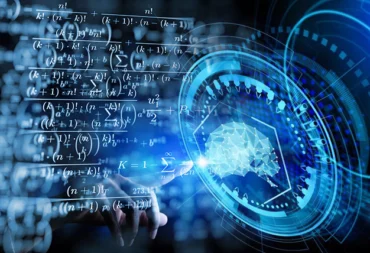Real-time avatar facial animation: what is it and how to get started
We’ve all seen them in movies and video games – lifelike digital avatars that can reproduce realistic facial expressions and emotions. This technology is called avatar animation, and it’s one of the most innovative and exciting advancements in the fields of gaming and graphic design, but also in everyday communication, education, training, etc.
But what is it exactly? How does it work, and where can you use it?
Let’s take a closer look at real-time avatar facial animation and see what the future holds for this incredible technology.
What are avatars?
Bottom line – an avatar is a computer-generated image or representation that can take the form of nearly anything you want. It can be a human form, but also an animal, an animated character, or something else that best represents you. And in the context of facial animation, avatars are used to create lifelike 3D models of human or non-human faces.
These models can then be used for a variety of purposes, including video conferencing, virtual reality, gaming, and much more.
Even though avatars had been around for much longer, the movie The Lord of the Rings from 2001, and maybe even more so Avatar from 2009, set a groundbreaking milestone for avatar development.
The realism of the facial animation in Avatar set a new standard for what was possible. Since then, avatar usage has exploded, which is in great part due to the success of the movie. Mainly because it demonstrated the amazing potential for avatars in a variety of applications.
In the years since, avatar facial animation has become increasingly realistic, to the point where people are now using them for everyday communication.
What is avatar animation and how does it work?
Avatar facial animation is, basically, a real-time depiction of a real person’s facial expressions and emotions using 3D avatars. This revolutionary technology allows creators to make realistic animations in virtual worlds that can interact with real-world users.
Avatar animation is created using a process called motion capture. This process uses real-time data captured from facial recognition techniques to detect the user’s emotional state and facial expressions.
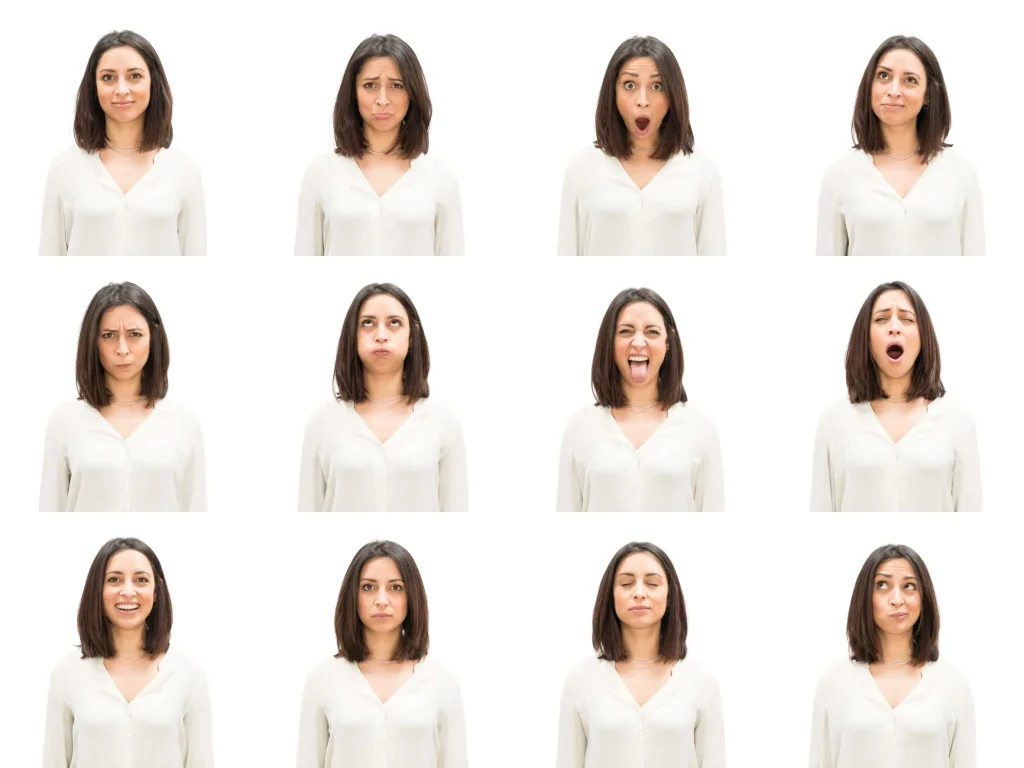
In other words, motion capture involves tracking movements of real people as they perform various facial expressions and emotional states.
This data is then used to animate the digital avatars.
How? In short, powerful real-time algorithms transform this data via AI computer vision into an avatar’s movements and expressions, adapting them to the real-world environment.
The result is an extremely lifelike picture quality and incredibly realistic facial animation that can be used for numerous applications.
What are those applications? Let’s see!
Main use cases of real-time avatar facial animation
Today, avatars are being used for everything from online gaming to business presentations. Moreover, the real-time capabilities of avatar facial animation technology also make it ideally suited for applications where time is of the essence, such as medical analysis or training simulations.
We can safely say that the sky is the limit for the future of avatars. And we can expect to see even more innovative uses in the years to come.
Some of its most exciting applications today include the metaverse, video conferencing, gaming, and customer service, to name a few.
➥ Metaverse avatars
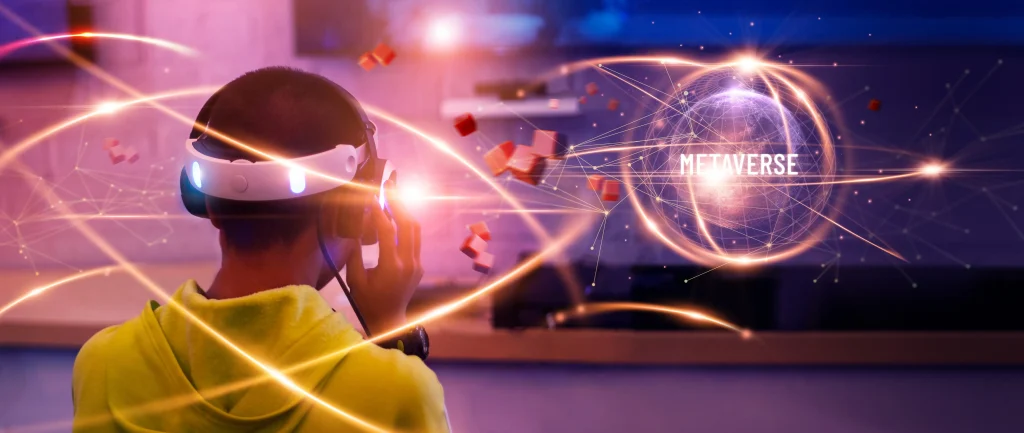
In the Metaverse, for example, with avatar facial animation, you can create realistic virtual worlds in which people can interact. This includes social networking, education, training, entertainment, and others. The possibilities are almost endless.
➥ Video conferencing avatars
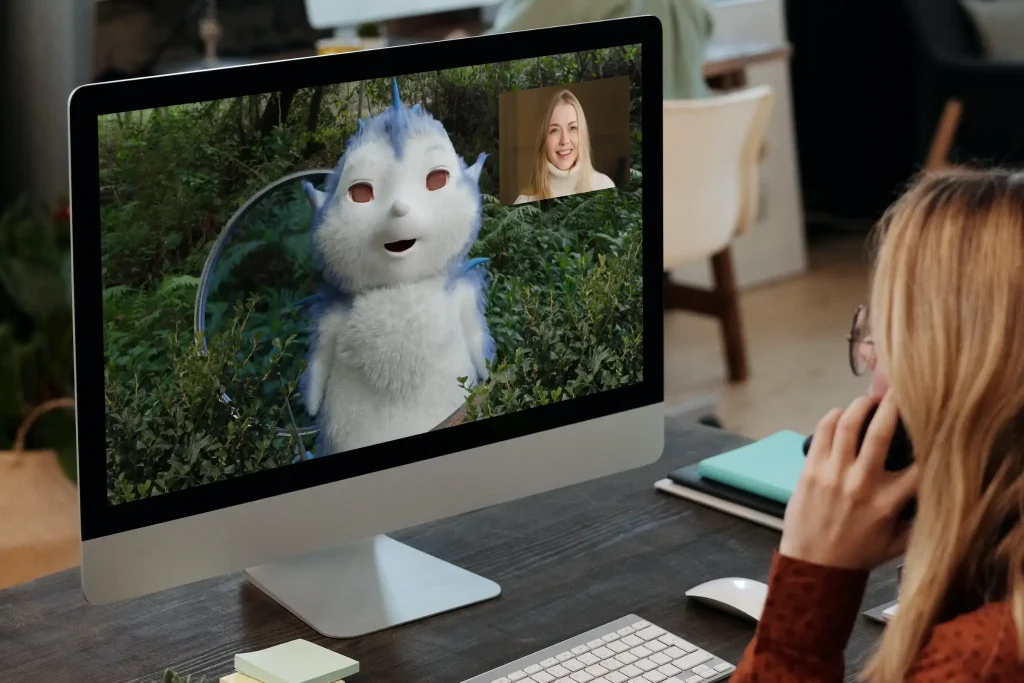
Conference calls are another application where avatar facial animation has found great use. It allows for more natural interactions with remote participants when they want to be visible but not recognizable as themselves. With avatar facial animation, participants can still see each other’s faces (only in different forms) and expressions in real time.
➥ Gaming avatars
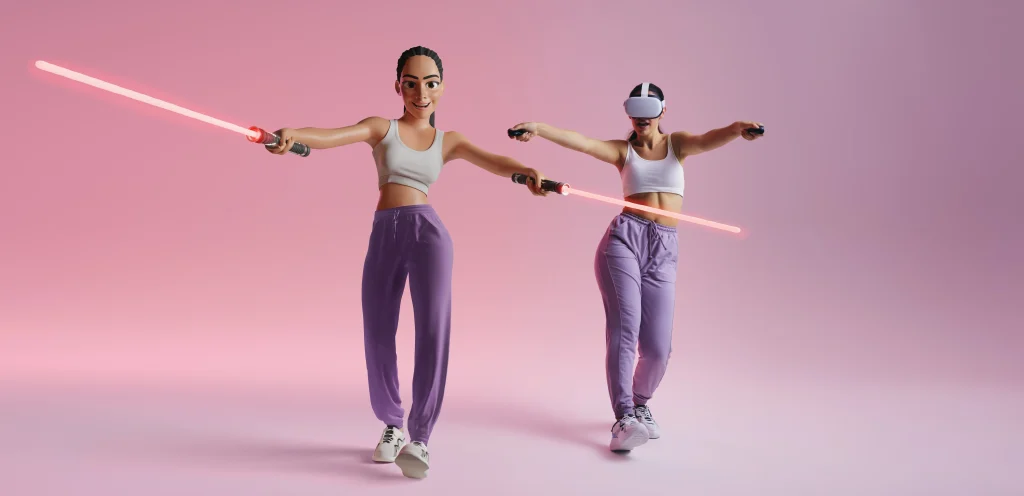
Avatar facial animation is also being used in gaming, both for entertainment and educational purposes. The avatar’s realistic expressions add a layer of immersion that was previously unavailable and can help make the game more vivid and engaging, creating an immersive experience.
➥ Customer service avatars

Customer service is another area that welcomes the use of avatars. Real-time avatar facial animation is revolutionizing how businesses interact with their customers. From virtual receptionists to sales representatives, avatar animators are blurring the lines between human and machine, allowing businesses to recreate a more personal experience. Avatars help customers feel at ease when dealing with companies and increase their confidence in the quality of service provided.
Many companies have already taken advantage of this innovative technology. Take Animaze, for example. Animaze is a company that creates interactive avatar technology and brings customers personalized virtual avatars that they can control with their cameras.
And it is with the help of Visage Technologies’ FaceTrack that Animaze can develop top-notch avatar products. Our face-tracking technology helps them achieve more stable overall tracking, more detailed lip motion tracking, and much more in order to create an amazing avatar embodiment experience on any platform.
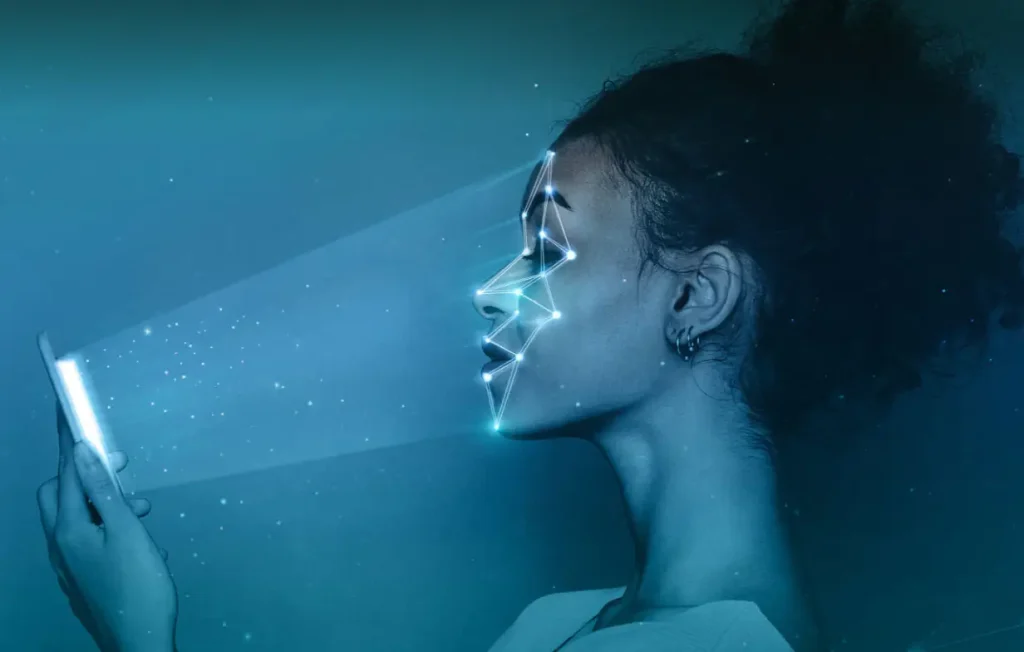
It’s incredible to see just how far this technology has gone and how much businesses have already embraced this cutting-edge technology. And this is something we can expect so much more of in the future!
How to get started with real-time avatar facial animation?
Face technology is frequently used in the context of immersive worlds to create lifelike virtual avatars whose facial emotions mimic those of the actual users.
Our FaceTrack provides the comprehensive real-time data you’ll need to start animating an avatar. This includes eye-tracking data such as gaze direction, eye closure, 3D eye coordinates, screen-space gaze coordinates, etc. The more subtle and accurate these features are, the more connection the final product – the avatar – will have with the audience.
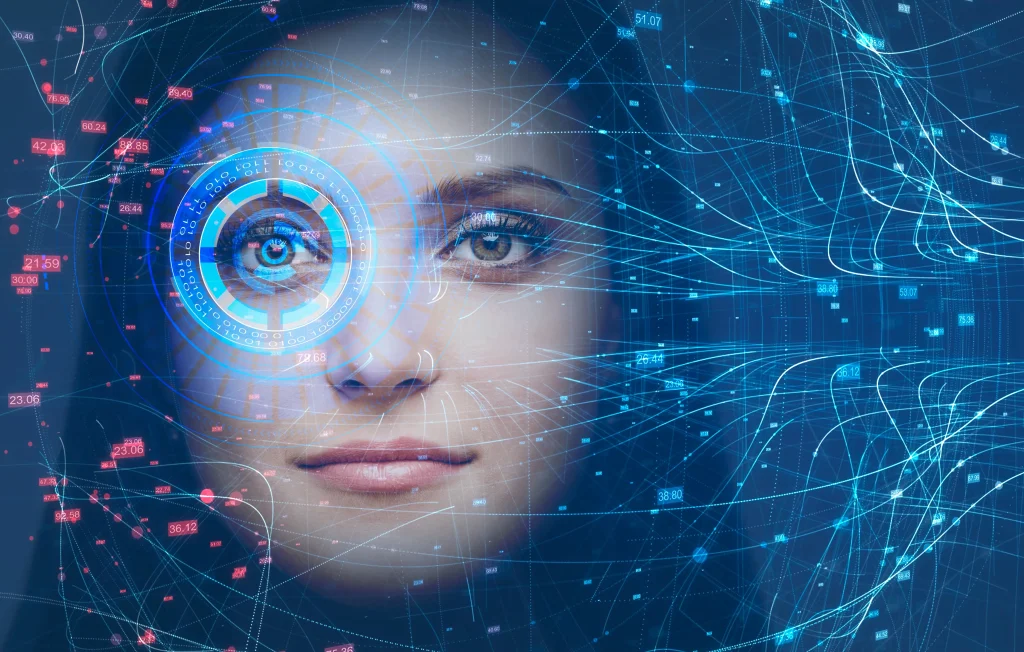
And knowing what appeals to the audience emotionally is the first crucial step in creating an effective and fun avatar. Our SDK can help here by capturing facial motion and converting it to your masks that will become as realistic and life-like as if they were the real deal.
FaceTrack recognizes and tracks faces, as well as their facial features, in color, grayscale, and near-infrared photos or videos taken with any standard camera. It then returns comprehensive face data for each detected face, including:
- 2D and 3D positions of the head
- facial points (such as chin tip, lip corners, etc.)
- a set of action units (AUs) describing the current facial expressions (e.g. jaw drop)
- eye closure and gaze information
- a three-dimensional mesh model of the face in the current pose and expression
From here, we can easily map the data on any mask for the avatar you wish, because it gives a lot of triangle meshes and vertices, providing a highly moldable model. And the best thing is – we can also customize it (increase or decrease) depending on the level of micro capture of the expression of the needed avatar.
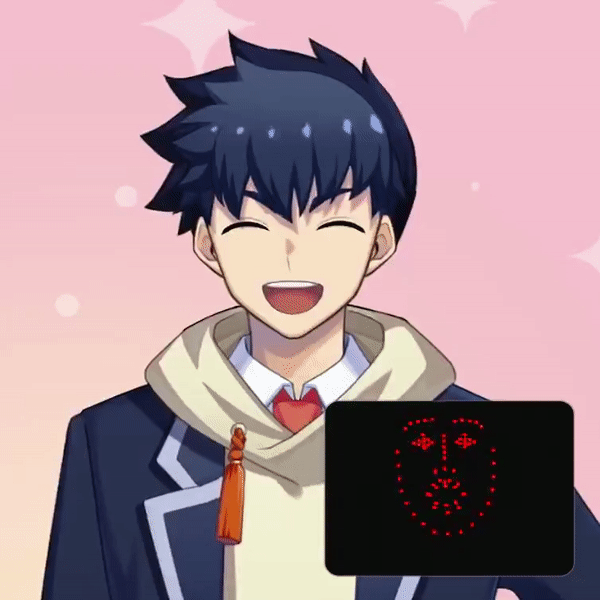
Animating the avatars – which way to go?
As we’ve mentioned previously, our SDK provides accurate real-time tracking that can be used to drive avatar facial animation. And it’s usually based on head position and gaze direction. However, aside from these two, the two most common ways to animate avatars also include:
- Feature points – these are the points on the lips, eyes, eyebrows, chin, and other parts of the face represented in the local 3D coordinate system of the face, which makes them suitable to map onto the 3D animation rig of your character.
- Action units – these are high-level facial actions such as mouth opening or eyebrow-raising that we can map onto certain emotions or moods to better represent the actual feeling of your digital twin avatar.
While we recommend using feature points for avatar animation, the final choice will depend on the use case and audience.
In any case, rest assured that our SDK can give you premium robustness while being as lightweight as possible in order to accurately translate the mood from the face to the avatar.
And with entering the era of Web3 and the Metaverse, this is becoming more important than ever. The digital twins you create will need to be as close to real life as possible – and with the help of our SDK and face technology, they can be!
Get your true-to-life digital twin
Realistic facial animation has become increasingly crucial for bringing virtual characters to life. And thanks to rapidly advancing technology, creating real-time avatar facial animations is becoming simpler and more accurate than ever before.
If you, too, are looking to create more realistic avatars, increase customer engagement, or improve your branding, then this technology is definitely worth considering.
Our SDK provides all the tools you need to get started with real-time avatar facial animation, so don’t hesitate to contact us for a free trial.
Get started today
Discover our top-notch technology and create incredibly realistic avatars!
